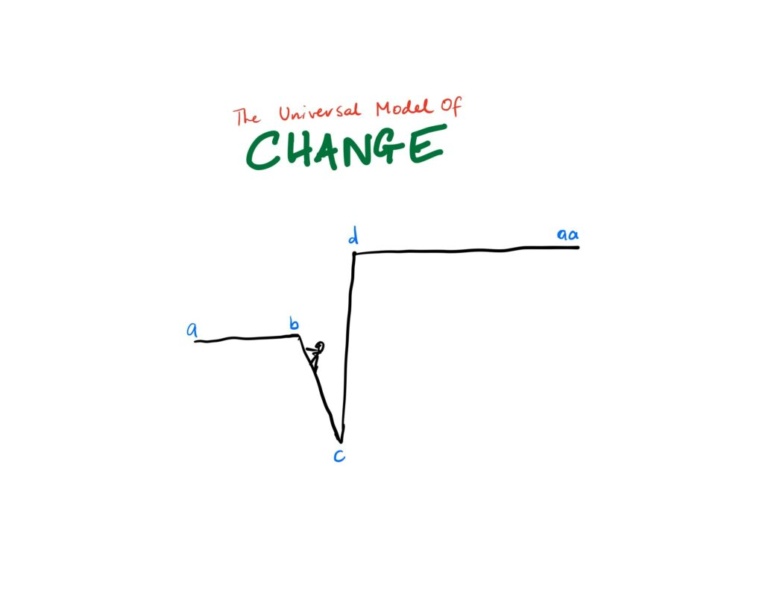When Money Flows Up Hill...
Since recovering from the GFC, world economies were on a steady upward curve. By early 2020, unemployment had hit record lows in most of the western world and it was pretty much a job seeker’s dream.
Venture Capital along with both personal or business credit were readily available and small businesses of many kinds were able to establish themselves and build respectable incomes with little or no marketing and very little risk.
That all changed with the global pandemic.
First it was hospitality and travel, then retail, workplaces, schools and almost everything else was either closed or forced online. Suddenly, many businesses were forced to reconsider their economic viability and re-evaluate their strategy, pricing, product offerings and (especially) their marketing and sales strategies.
Just like most other areas of life, a challenging economy is uncomfortable because it asks us to change with no certainty of success. That’s why it’s important to remember that these things go in cycles… and beyond the short term stress are exciting opportunities even if you can’t yet see them.



